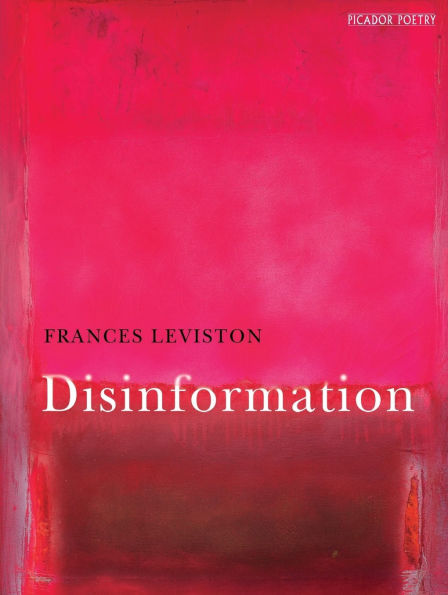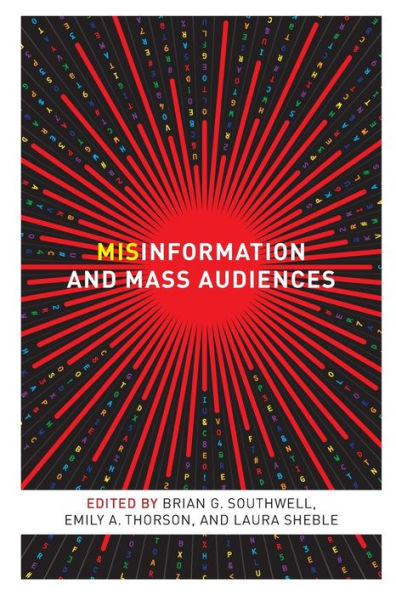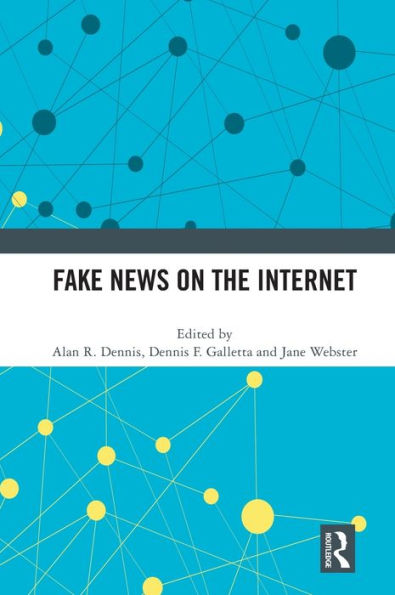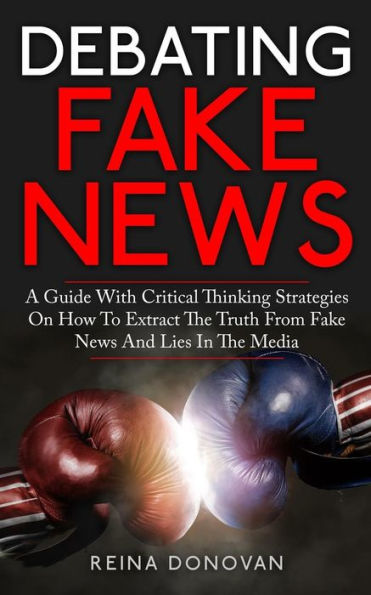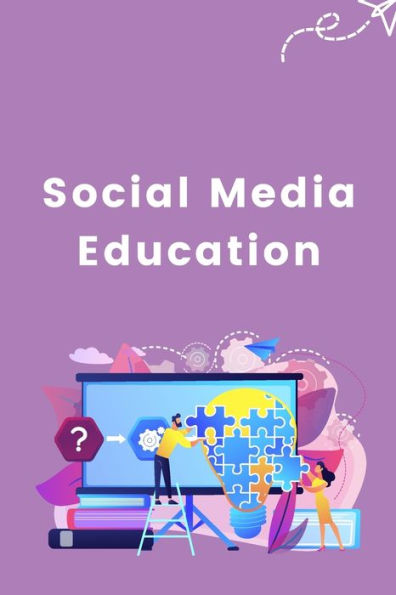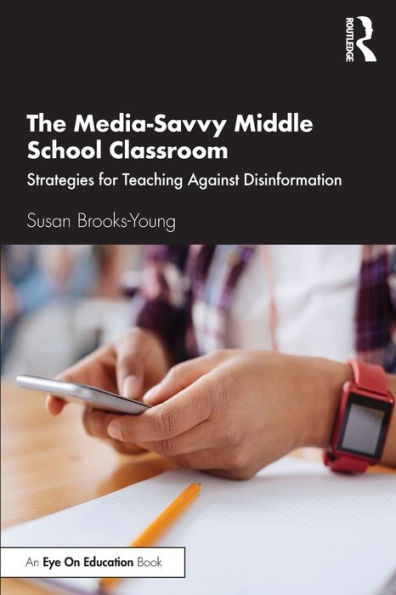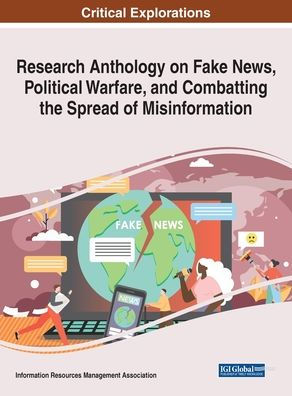Home
Misinformation and Fake News Education


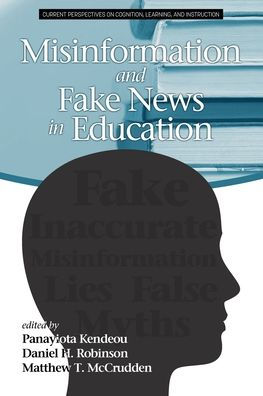
Misinformation and Fake News Education
Current price: $99.74
Loading Inventory...
Size: Hardcover
Today, like no other time in our history, the threat of misinformation and disinformation is at an all-time high. This is also true in the field of Education. Misinformation refers to false information shared by a source who intends to inform, but is unaware that the information is false, such as when an educator who recommends the use of a learning strategy that is not actually beneficial. Disinformation is false information shared by a source who has the intent to deceive and is aware that the information is false, such as when a politician claim that high-stakes testing will fix K-12 education when in fact there is no evidence to support this practice. This book provides recent examples of how misinformation and disinformation manifest in the field of education and remedies.
, focuses on factors that influence the endorsement and persistence of misinformation. This section will include chapters on: the appeal and persistence of “zombie concepts” in education; learner and message factors that underlie the adoption of misinformation in the context of the newly proposed Likelihood of Adoption Model; cognitive and motivational factors that contribute to misinformation revision failure; cognitive biases and bias transfer in criminal justice training; the influence of conspiratorial and political ideation on the use of misinformation; and, how educational culture and policy has historically given rise to quackery in education.
, focuses on practices aimed at reducing the impact of misinformation, and includes chapters on: misinformation in the education of children with ASD and its influence on educational and intervention practices; the promise of using dynamical systems and computational linguistics to model the spread of misinformation; systematic attempts to reduce misinformation in psychology and education both in and out of the classroom; and the potential perils of constructivism in the classroom, as well as the teaching of critical thinking. Each section has a discussion chapter that explicates emerging themes and lessons learned and fruitful avenues for future research.


